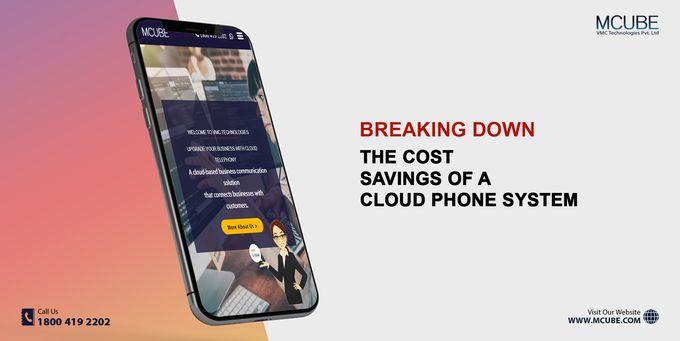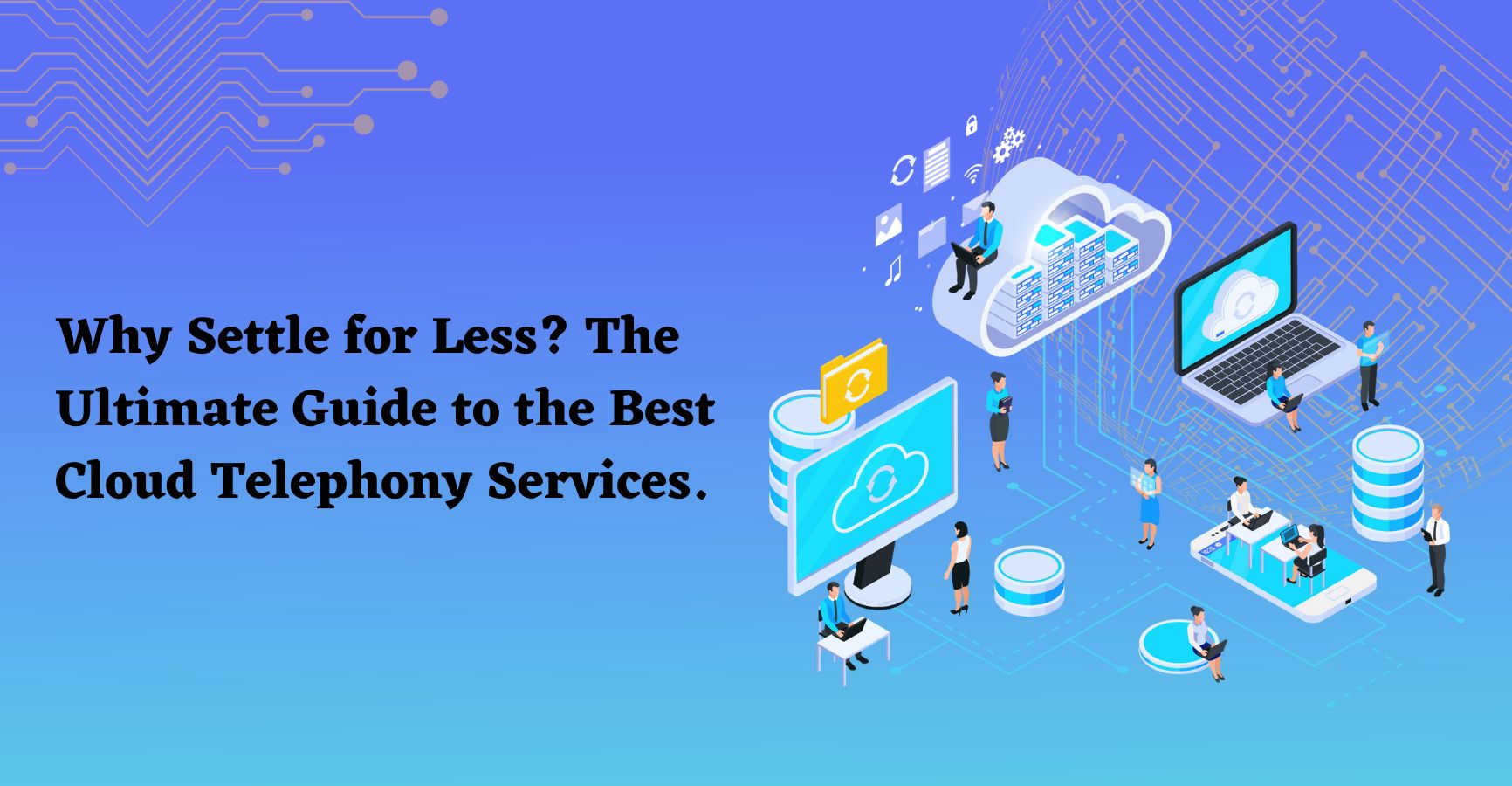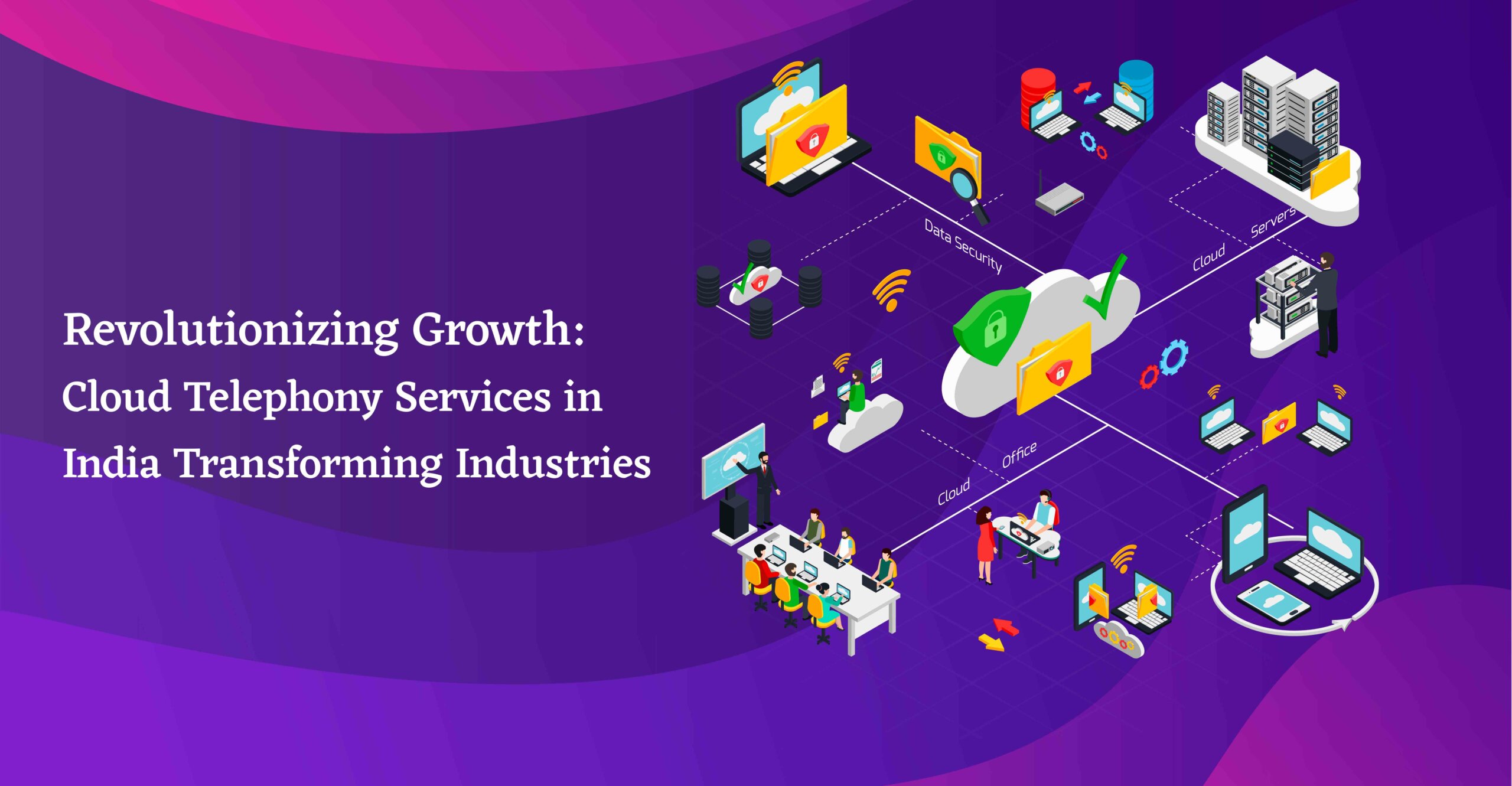It is rightly said that costs are like fingernails; you must cut them constantly to run a smooth business. Building a global business empire is every entrepreneur’s dream but executing that dream into reality is much more challenging. The challenge piles on as soon as hidden costs and maintenance exist to sustain the business. One such cost might be just around the corner with your telecommunication set-up. It can be safely said that most business enterprises have switched to cloud phone system or the hosted telecommunication system. However, if your business still operates on traditional on-premise private branch exchange (PBX), it is time to understand the clandestine expenses accompanying a PBX or EPBX connection.
The most apparent expenses include PBX hardware, new phones, and software licensing. But this is just the tip of the iceberg. What lies beneath is far steeper and more exorbitant. The underlying costs include PBX licensing & maintenance with contracts and up-gradation for hardware, software and firmware; multi-location connectivity charges; various telecom charges comprising of local, long-distance and international calls; PBX replacement and parts upgrading charges; and numerous other standalone charges. Conversely, in the cloud phone system, not only do the business communication paradigms see a tremendous change, but also the upfront expenses and cost structures perceive a steady decline increasing the relative revenue of the enterprise.
Hence, we need to understand how call management advancements of cloud phone system lower the cost of overall functionalities of a business and create a more efficient workforce.
1. Reduced Maintenance and Higher Scalability :–
Traditional phone systems incur prices at every turn. Maybe it is for additional services or add-on fees for upgrades and installations; there are always buried charges that do not meet the eyes. But that is not the case in cloud telephony. The cloud call management operates on a host server provided by a service provider. So a little work or mostly no work is needed by the company in maintaining a cloud phone system as the maintenance and repairing is done by the hosting service provider allowing expeditious, easy and economic scalability. An intuitive administration application can take care of even the reconfiguration and addition of new connections to the network in the cloud telephony. Also, there are no additional charges for long-distance or international calls if you want to expand your company’s reach to multi-location domains.
2. Depleted multi-location Management Costs :–
Connection of calls and communication becomes global and geographical boundaries do not contribute to your additional costs. The pricing plan becomes unified for local, international or long-distance calls, and no extra charges come with connectivity to different areas. Suppose the correct feature of cloud phone system is assigned, such as toll-free numbers. In that case, customers can make calls to your company from anywhere without any charges that assist in the overall growth of the company. Providing the sales department with a cloud telephony solution enables them with robust connectivity, an effective communication platform and a competitive edge. A mobile workforce ensures reaching the customer at times of emergency and accessing essential documents from anywhere, which can make a significant difference in the company’s progress. This reduces the cost of managing a human resource for multiple locations and the transportation costs involved with employee travel and travel for meet-ups and business transactions.
3. Supportive and Premium Features Availability :–
Cloud phone system not only enables call centre solutions but also helps in facilitating unified communication. Features like call forwarding, call monitoring, IVR option, call tracking, and much more get available to the company to be accessed at considerable prices. In the long term, these features boost the company’s customer service and administrative proceedings. Online video conferencing, file sharing, and virtual receptionist in the form of multi-level IVR and real-time dashboards reduce the costs that would otherwise be used for business travels, the lag time between teams, administrative management and various software up-gradation and licensing fees.
4. Diminished Security Budgets :–
The security of a database for a company is one of the most vital aspects. The threat of hackers misusing information and conducting fraud is high. In such a scenario, the cloud telephony environment constantly monitors the system at the service provider’s side, which alerts any unauthorised access or activity. Real-time tracking and analyses add an extra shielding layer to file transfers and data. This level of security ensures cost saving on the company’s part as they do not need to invest in additional security firmware or software.



